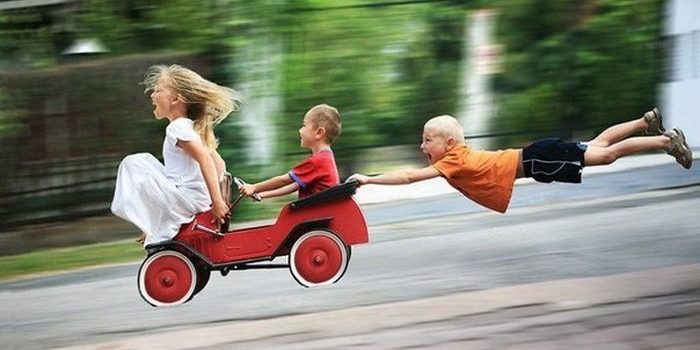 My conversation with a Minnesota police chief (in an outstate town of over 10,000 people) today was eye opening.
My conversation with a Minnesota police chief (in an outstate town of over 10,000 people) today was eye opening.
He spoke of how city leaders don’t take his repeated warning about the growing body of experience his community is having with troubled children & families. These leaders debate his stated daily reality for his police officers as if it were a small thing.
Like the growing bloc of dysfunctional families with serious mental health and coping problems and how this population is stressing the police force, courts and public welfare systems and how that added stress flows into the daily lives of the city/county workers themselves leading to serious problems of failure in school and failure of child protection systems and the high rate of worker turnover in education and social work. And then there’s the costs to the County and diminished quality of life to the citizens.
We both see that there is far too much training that goes into the difficult work of teaching and social work to see turnover rates growing as fast as they are. No one likes poor graduation rates or high crime rates. Unsafe neighborhoods are no good for anyone.
His view is that the elasticity of our systems is not limitless – it will break at a point and become a major social ill impacting our entire civil society making life painful for all of us.
It is precisely the functionality of our institutions that have made life in this nation as attractive as it has been.
For a growing number of people conditions are getting worse and this includes working people forced to deal with a more problematic and behaviorally challenged population.
Dr Bruce Perry has thirty years of working with at risk children and speaking to audiences about the impact abused and neglected children are having on our communities. Eight years ago Dr Perry made the statement that 25% of Americans will be special needs people by the end of this generation – I think it may already be true today. After all, without counting the people on psychotropic medications unable to hold down jobs or lead productive lives, we now have 2.5 M citizens in our jails and prisons and over 7 M citizens on or recently on parole (people with criminal pasts have a very hard time finding work that will keep them off of welfare).
Psychotropic medications are impacting between 1/3 and 2/3 of the youth in child protection and juvenile justice. Former Supreme Court Chief Justice Kathleen Blatz stated that “90% of the youth in juvenile justice have passed through child protection” – and more painfully, “The difference between that poor child and a felon, is about eight years”.
I failed to remind the Chief that Kathleen Long, author of the book ANGELS AND DEMONS (about the child protection system in California) holds that “American institutions are creating exactly what they were designed to stop”.
A thought I refer to frequently.
This conversation went like many prior conversations with other professionals dealing with dysfunctional families, abused and neglected children, and behaviorally troubled juveniles. We all see a desperate need for mental health services, crisis nurseries, therapeutic daycare, and education and resources for young families.
We also see the terrific stress on our workers and systems and the cost to our communities in money and quality of life and we agree that we will not arrest and incarcerate ourselves out of this sad and dangerous epidemic of dysfunctional families having their next generation of dysfunctional children and that breaking this cycle will save money and create happiness all around.
Today, social workers are blamed when children die in their care and teachers are blamed for failed schools. This approach is woefully inadequate and wrong. It redirects the conversation away from the real culprits behind this exponentially expanding catastrophe (I can use this word as Governor Dayton has in this topic).
It is becoming clear to some of us that few people outside the circle of worker bees immersed in the lives of at risk children have any idea of the depth and scope of this issue and that very little will change until they do.
Until one’s own child, grandchild, neighbor or friend is robbed, raped, beaten, shot dead or burgled, this isn’t a current issue. Instead of waiting to ask “why me” let’s all ask ourselves, what can I do to make life better for the at risk children in my community.
Watch our short video on the topic
help us BUILD KARA & spread the word)



